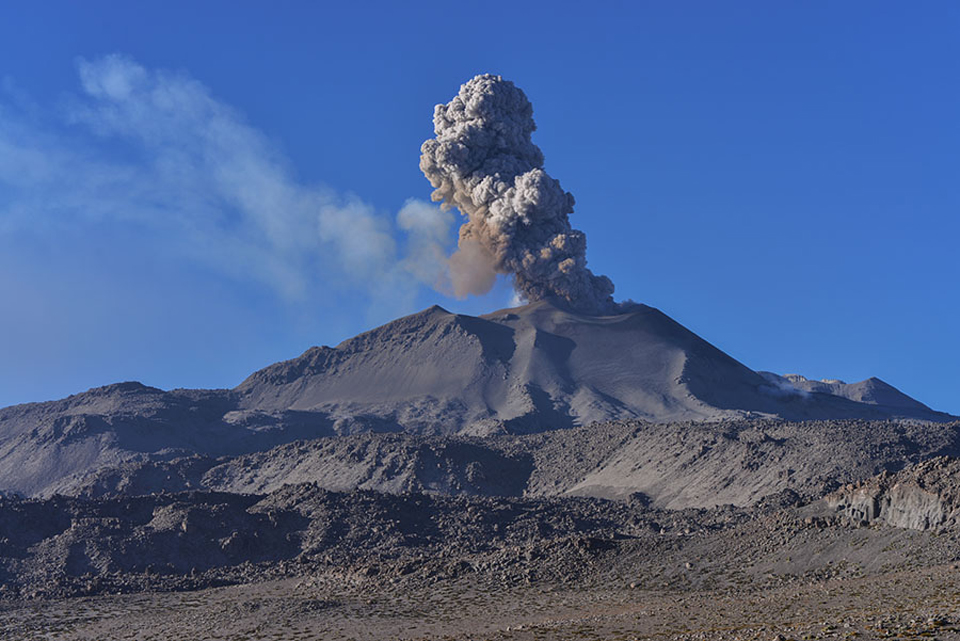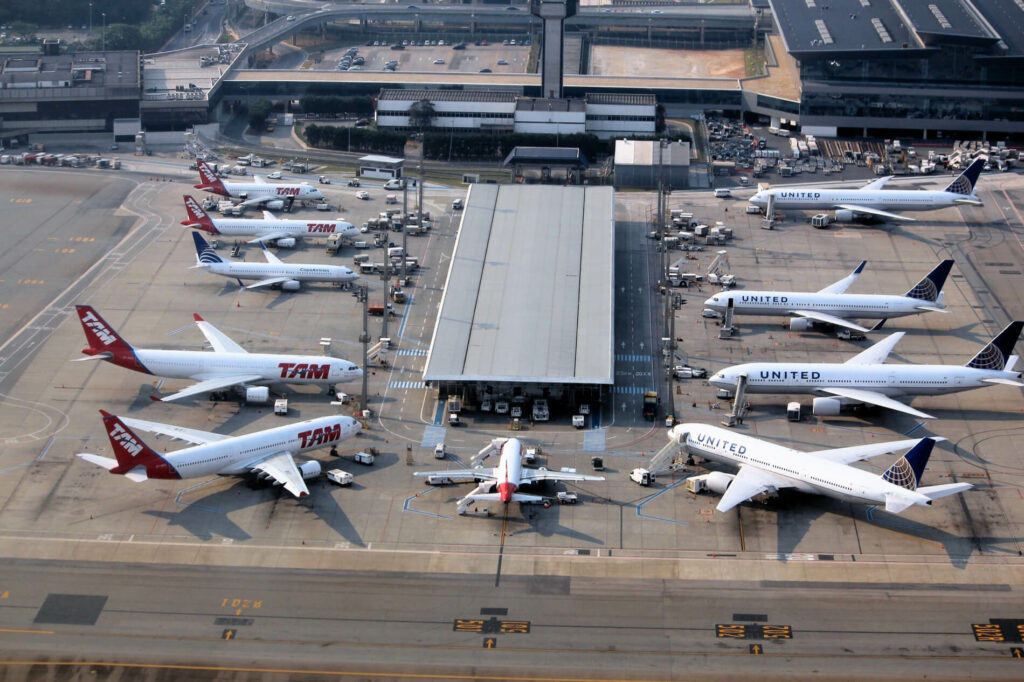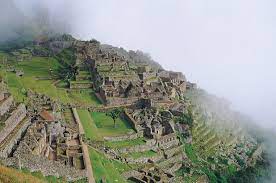Peru is a country in South America, bordered by Ecuador and Colombia to the north, Brazil to the east, Bolivia and Chile to the south, and the Pacific Ocean to the west.
It is home to one of the world’s highest mountains. It has some of the most diverse ecosystems in the world, with a rich history that includes everything from ancient Incan empires to Spanish colonial rule. Peru has something to offer everyone.
The country is also home to over 30 million people who have their own distinct cultures, traditions, foods, and beliefs. So, you are bound to notice plenty of weird and wonderful things about Peru to explore!
Did you know that Peru is home to the most active volcano in all of South America? Or that they have more species of hummingbirds than any other country in the world? You’ll find interesting facts about this beautiful country in our list below.
Things to know about Peru
1. Peru has the most active volcano in all of South America

A volcano that is constantly erupting and spitting out lava is in Southern Peru, not too far from Lima’s capital city. The mountain is called El Misti, and it can erupt at any moment. It’s one of the only volcanoes to spit lava more than 1,000 meters (3,300 feet) into the sky. It has been continuously erupting since 1995 and making it one of the strangest destinations to visit. You can see how a natural disaster could significantly impact the environment and people’s lives.
2. Peru has more species of hummingbirds than any other country in the world
You will find over 320 different species of hummingbirds, which is about as many species as there are in North America. The territory also contains 16% of all hummingbird species in the world! Although many factors donate to this, Peru’s habitat diversity is one of the most influential. Peru has everything from rainforests to deserts and highlands, which offer different types of food and shelter.
3. The Paqaritz – the oldest archaeological site
The oldest known human settlement in Peru is called Paqaritz. Peruvian archaeologists have discovered the oldest known human settlement in Peru. The settlement, called Paqaritz, is more than 9,000 years old and provides insight into how people lived during the early agricultural period of Peru.
This site contains evidence of a sophisticated culture that includes clay sculptures and painted murals. The site, assumed to be one of the ancientest on Earth, has the main building in a rectangular mud-brick pyramid with a small room at the top. Researchers have found several clay sculptures and painted murals, including a complete figure of what they believe to be a seated god.
4. Peru has had a successful democracy for over 2,000 years
The first democracy was established about 4,000 years ago. It’s still in place today, although the transition period took about 500 years.
5. Peru hosted the first-ever World Cup in South America
The first World Cup was held there in 1930, nearly 70 years before it officially began its reign as a soccer world event!
6. The only International Airport in Latin America

There is a major airport on an island of sand called Mas de la Costa. It is the only airport in South America that other countries can use. In addition, it’s the only airport in all of Latin America that serves as an international airport.
7. Peru has a lot of natural resources
Peru is a rich country when it comes to natural resources. In fact, they have more than 20% of the world’s copper reserves. Peru also has significant reserves of silver and gold and nickel and zinc. As you can see, Peru has a lot to offer when it comes to natural resources. The country contains about 1/3 of all the silver found in Earth’s crust, which has been profitable for centuries.
8. Pre-Columbian structure – Q’ero
Peru is a country rich in history and culture. In the heart of the Andes Mountains, one of Peru’s most significant archaeological finds lies Q’ero, meaning “Here’s water.”
Q’ero is a site known for its dry climate and location in the Sacred Valley. A temple stands at an elevation of 15,000 feet above sea level, and visitors can see the world’s highest peaks, including Nevado Coropuna. As per the archaeological evidence, occupancy of the site date back to 1200 AD.
9. The Inca Empire
The Inca Empire was the most advanced civilization of their time and had an extensive understanding of astronomy, agriculture, engineering, and architecture. They had a varied cuisine and a well-developed writing system, for which they used the quipu to record information.

The Inca Empire had a complex government mechanism divided between the emperor and the elite. They also had an extensive military, mostly made up of contingents of porters and farmers who did not participate in any battle. Some of the most notable rulers were Pachacuti, Tupac Yupanqui and Huayna Capac. Nevertheless, the Inca Empire conquered about 500 million people to establish a central government and built roads and bridges that still exist today!
10. Peru World Cup
The history of the World Cup is filled with upsets, shocks, and low-scoring games. However, one country that has never been beaten in the tournament’s history in Peru. It hasn’t even been eliminated from the competition yet! Peru is yet to be knocked out of the World Cup in the group stage and has never lost its first match in a World Cup. At the 1950 World Cup, Brazil eliminated Peru in the Round of 16. But that game is not counted because the two teams drew 0-0.

